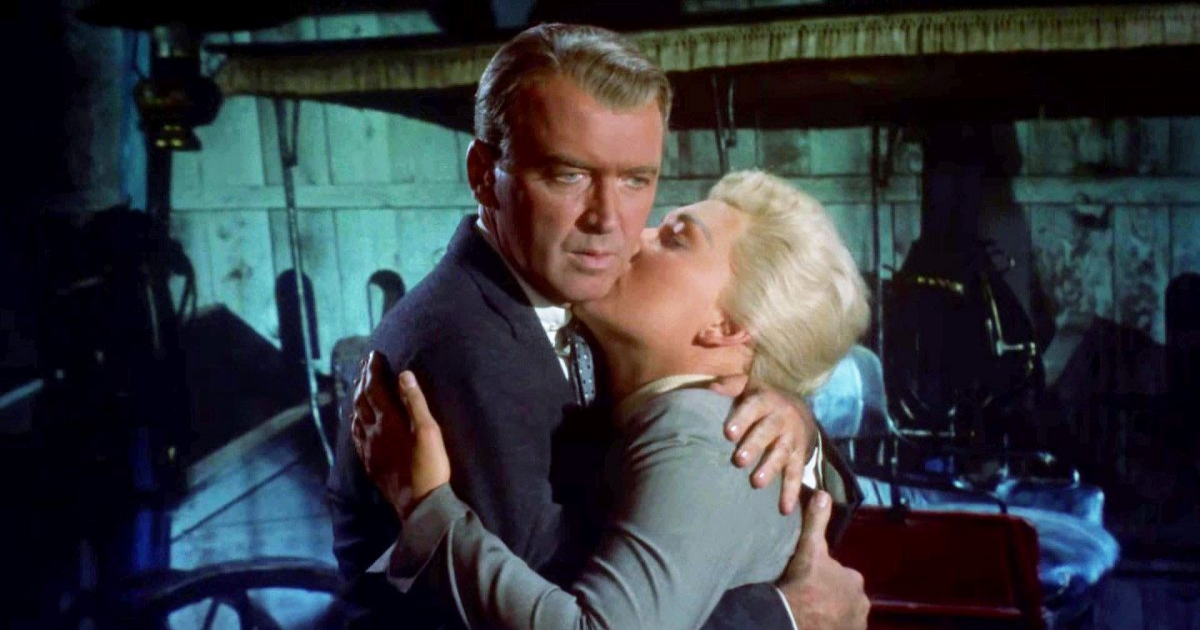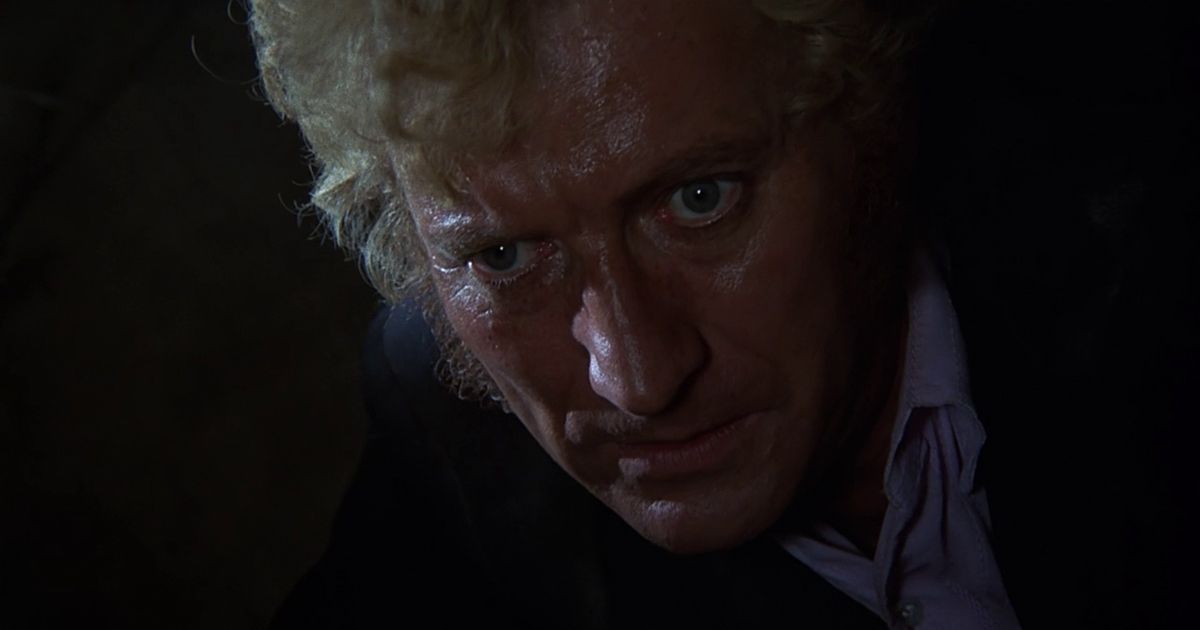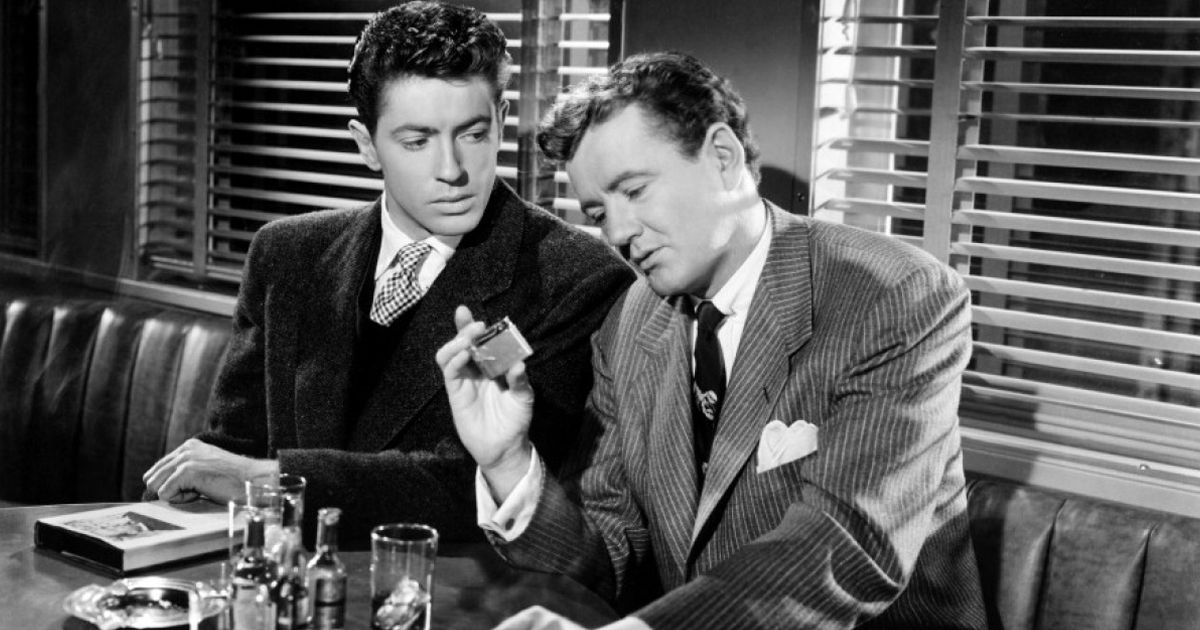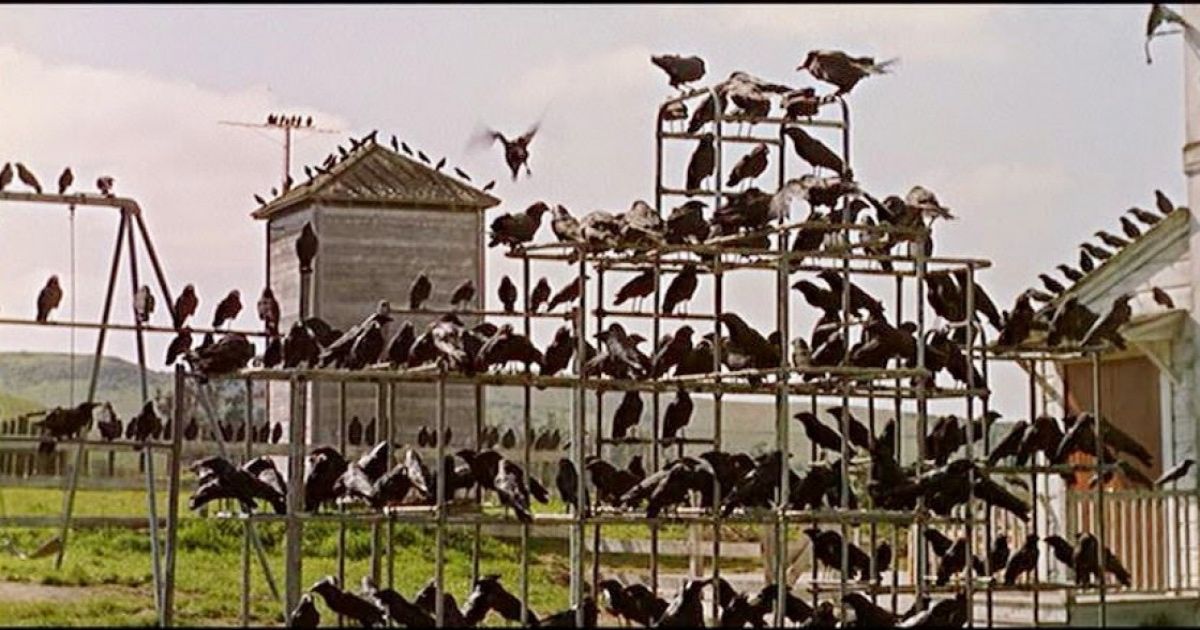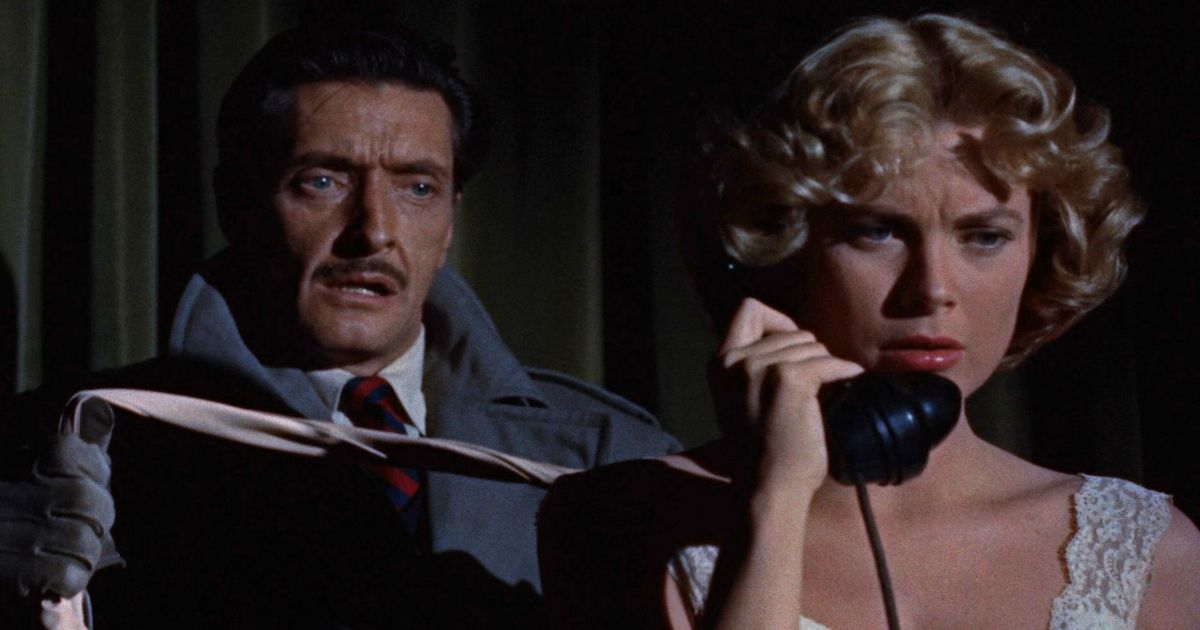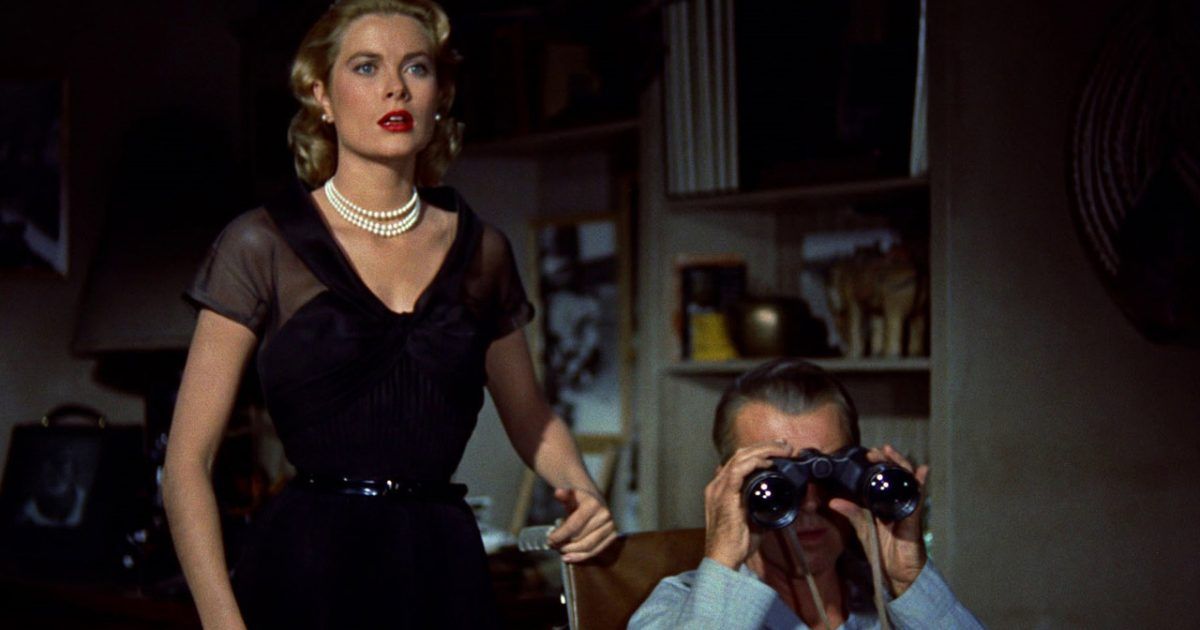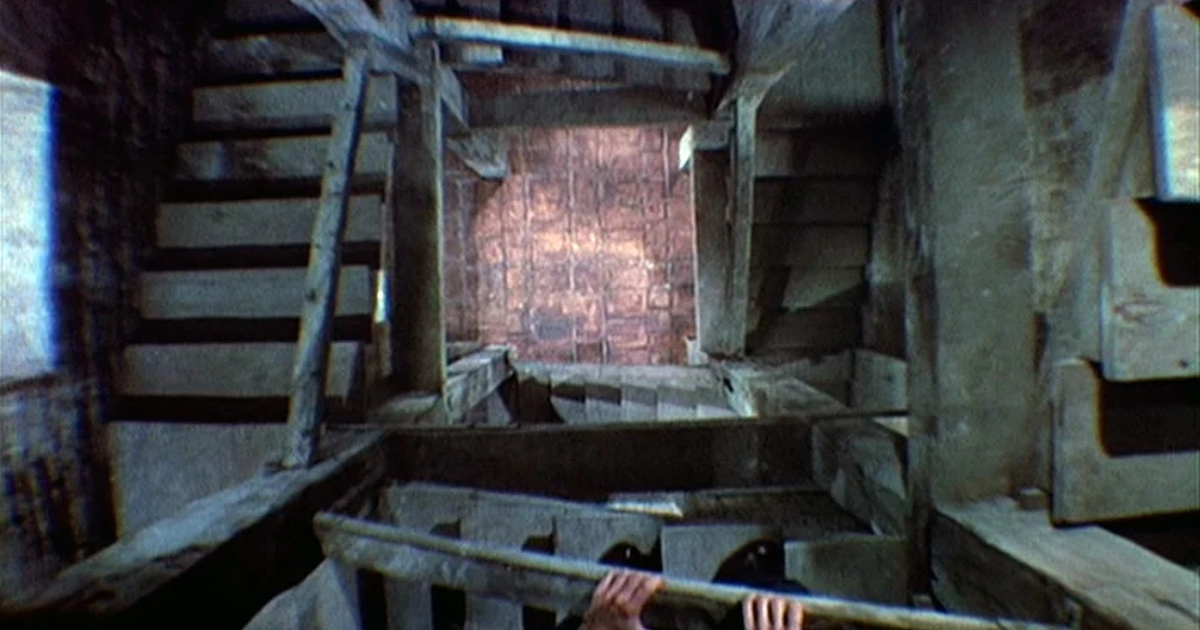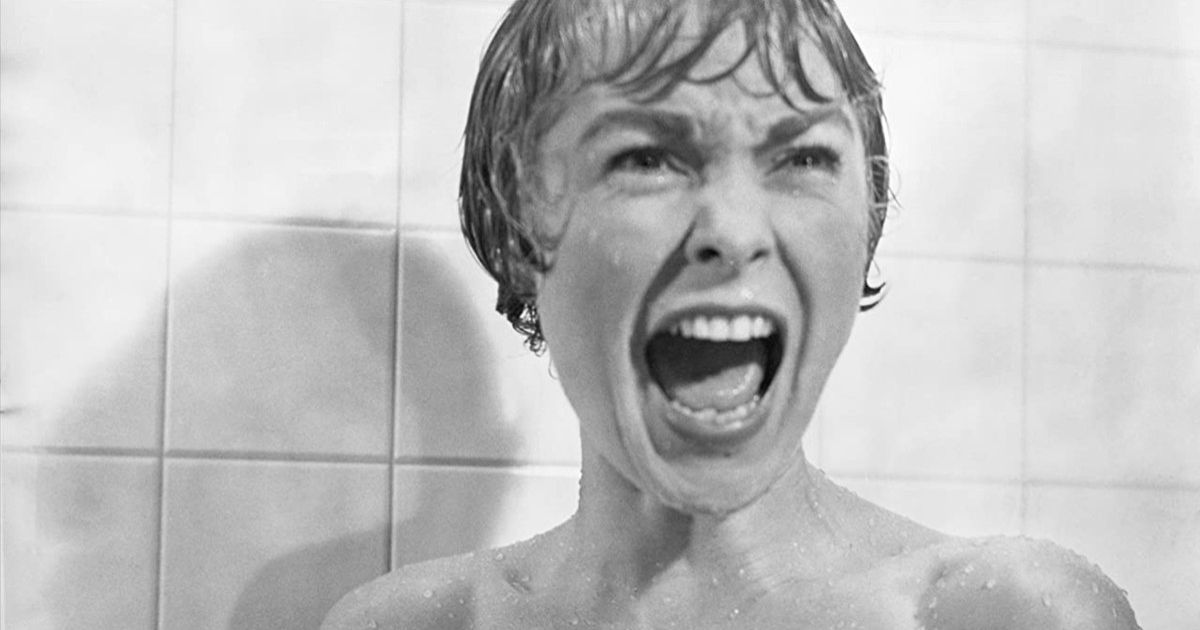Alfred Hitchcock is often considered the father of the horror genre. His innovative storytelling techniques, set design, and cinematography went on to change the entirety of the genre. Hitchcock was able to create compelling, terrifying, and realistic stories that left his viewers trembling in their theater seats. With more than 50 films under his belt, it is fair to say that the man knew how to direct a film.
Hitchcock pushed the genre into new realms by experimenting with various camera techniques and groundbreaking special effects. He kept his films refreshing and re-watchable, with unorthodox pacing and an incredible amount of suspense jammed into each one of his films. With so many great films to choose from, it is hard to determine the best, but here are the scariest moments created by the legend that is Alfred Hitchcock.
7 Camera Leaving the Murder Scene - Frenzy (1972)
Frenzy is a 1972 film which follows a serial strangler who kills women with a necktie. The thriller stars Jon Finch, Barry Foster, and Barbara Leigh-Hunt. There are a lot of terrifying murders in this film, most of which are scary because of their degree of realism. One murder stands out because of its peculiar camera movement. The scene starts with the camera following a young man and woman into an apartment, but once the two enter the apartment, the camera stays outside the door and backtracks, revealing how close the room is to the street and other pedestrians. This shot is not gory or shocking, but the cinematography makes it unnerving and forces the viewer into feeling like a bystander.
10 Best Alfred Hitchcock Films, Ranked
6 Miriam Strangle Scene - Strangers on a Train (1951)
Strangers on a Train is a 1951 film that stars Farley Granger, Robert Walker, and Ruth Roman, and tells the story of two strangers who meet on a train and talk about killing someone for each other, with the aim of not getting caught. Even though an agreement is not solidified, one character takes the lead in killing the other's wife, to force him into killing his father. During the scene in which the wife is killed, we see her death first foreshadowed by him following her through a tunnel of love, where she is screaming. The screams are from enjoyment, and she exits the tunnel unscathed. The murder is soon to follow as she returns to land, and the entire strangulation is shown to the viewer in the reflection of the wife's glasses.
5 Eyes Gouged Scene - The Birds (1963)
The Birds is a 1963 film that tells the strange story of a northern California town that is overwhelmed by birds who start attacking people. The film stars Rod Taylor, Tippi Hedren, and Jessica Tandy, and was nominated for an Oscar for Best Special Visual Effects. One scene, in particular, shows a woman returning home to find her husband not replying to her calls; she enters the bedroom to find the room torn apart, and his tattered and pecked-to-death body lying on the floor, with his eyes gouged out. The special effects work in this scene is done incredibly well and the body is a truly horrific sight.
4 Telephone Strangle - Dial M for Murder (1954)
Hitchcock sure does like his strangulation deaths; Dial M For Murder tells the story of a tennis star who blackmails a friend from college into murdering his wife so that he can inherit her wealth. The movie stars Ray Milland, Grace Kelly, and Robert Cummings. The scene builds with a terrifying score and shows the man calling his wife, and she's subsequently getting viscously strangled while he listens on the other end of the line. The action-packed scene ends with the woman picking up scissors and stabbing her attacker in the back, leaving the husband to cover up the evidence.
3 Falling Scene - Rear Window (1954)
Rear Window is a 1954 film starring James Stewart, Grace Kelly, and Wendell Corey. It was nominated for four Oscars and is one of Hitchcock's most famous films. The movie tells the story of a wheelchair-bound photographer who often spies on his neighbors, and incidentally witnesses a murder from inside his apartment. Most of the film is confined to the man's apartment, and feels relatively removed from what is going on outside the window. The suspense builds when a mysterious man enters the apartment and forces the photographer out of the window. The events from outside finally catch up to him and the slow build-up to this moment makes for an incredibly thrilling scene.
2 Belltower Scene - Vertigo (1958)
Vertigo stars James Stewart, Kim Novak, and Barbara Bel Geddes and tells the story of a former police detective who starts to question his own sanity as he becomes obsessed with a woman he has been hired to follow. From this movie comes the famous “vertigo effect”, which is an in-camera visual effect involving a dolly move with simultaneous lens zoom. The scene in question features the famous shot as the main character ascends a bell tower to follow the mysterious woman. Upon his investigation, he sees her fall from the building as people approach the tower. The great acting in this scene by James Stewart, in combination with the cinematography, makes it quite unnerving. Vertigo was nominated for two Oscars, including Best Art Direction-Set Decoration and Best Sound.
1 Shower Scene - Psycho (1960)
This final scene on our list is perhaps one of the most famous in all the horror genre, comes from the 1960 film Pyscho starring Anthony Perkins, Janet Leigh, and Vera Miles. The scene depicts a woman getting into the shower, followed by a shadowy figure entering the room and repeatedly stabbing the woman with a butcher knife. The famed screeching soundtrack coupled with the woman's screams makes the scene terrifying. The scene wraps up with the woman's lifeless body slumped over the bathtub, and a close-up shot of her eye and face pressed against the tile. The rhythm of the scene, the soundtrack, and the acting make this the most horrifying Hitchcock scene of all time. The film was ultimately nominated for four Oscars including Best Actress in a Supporting Role, Best Director, Best Cinematography, and Best Art Direction-Set Decoration.

